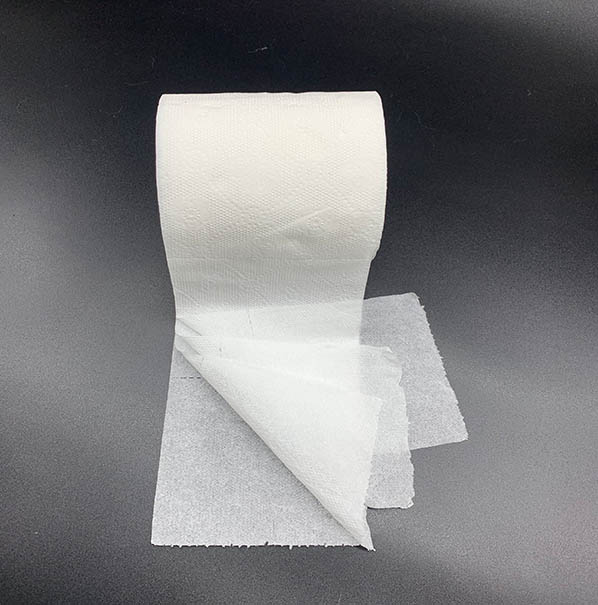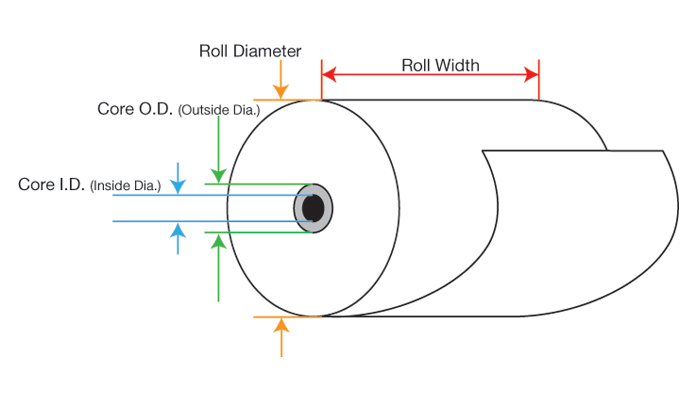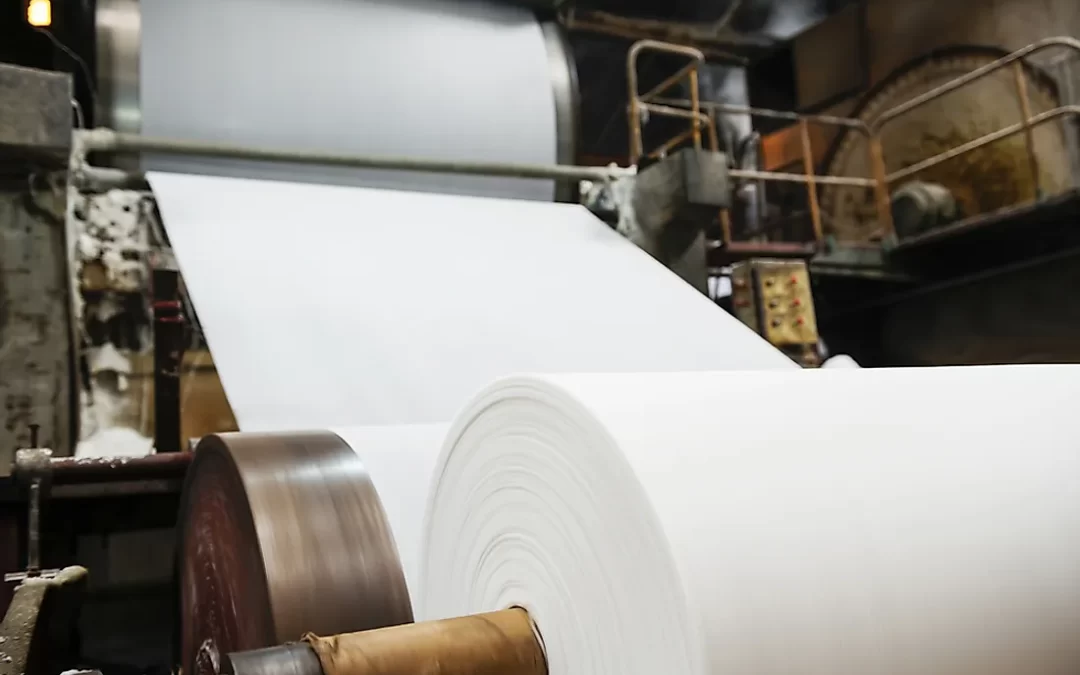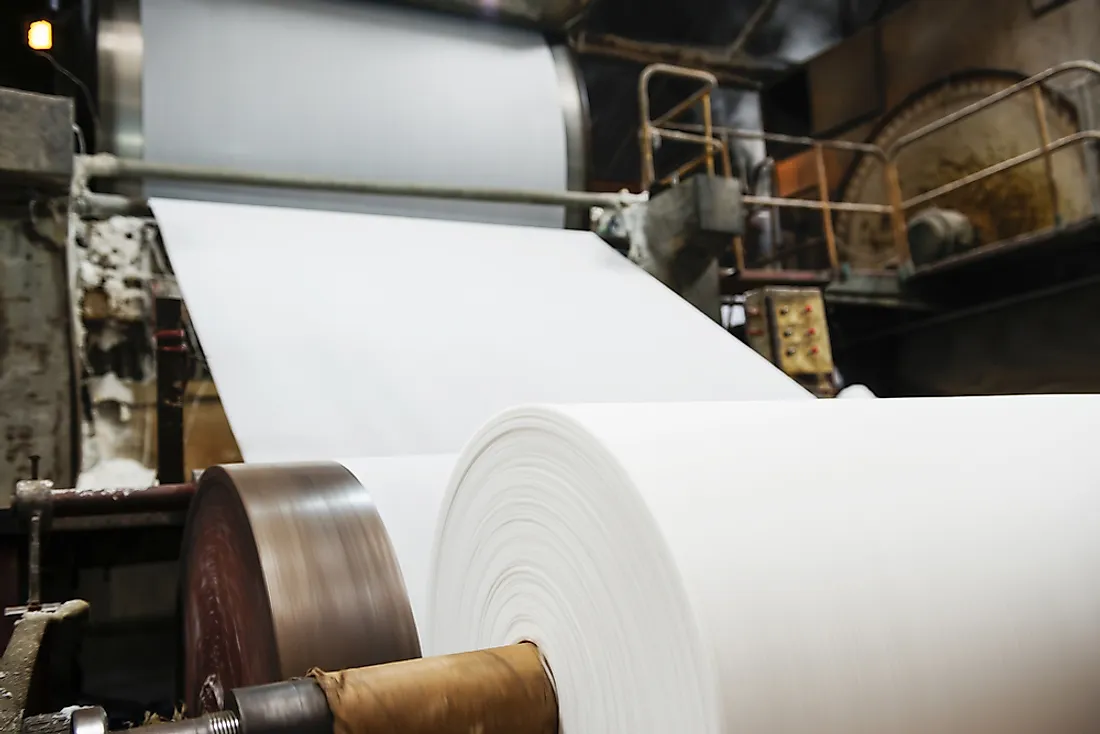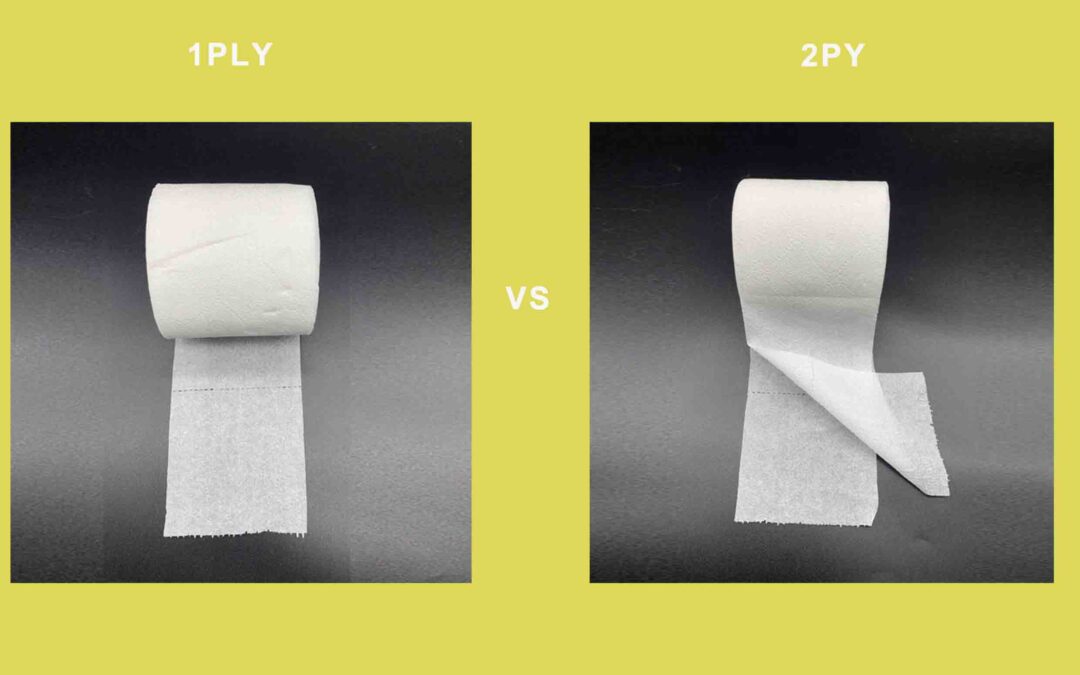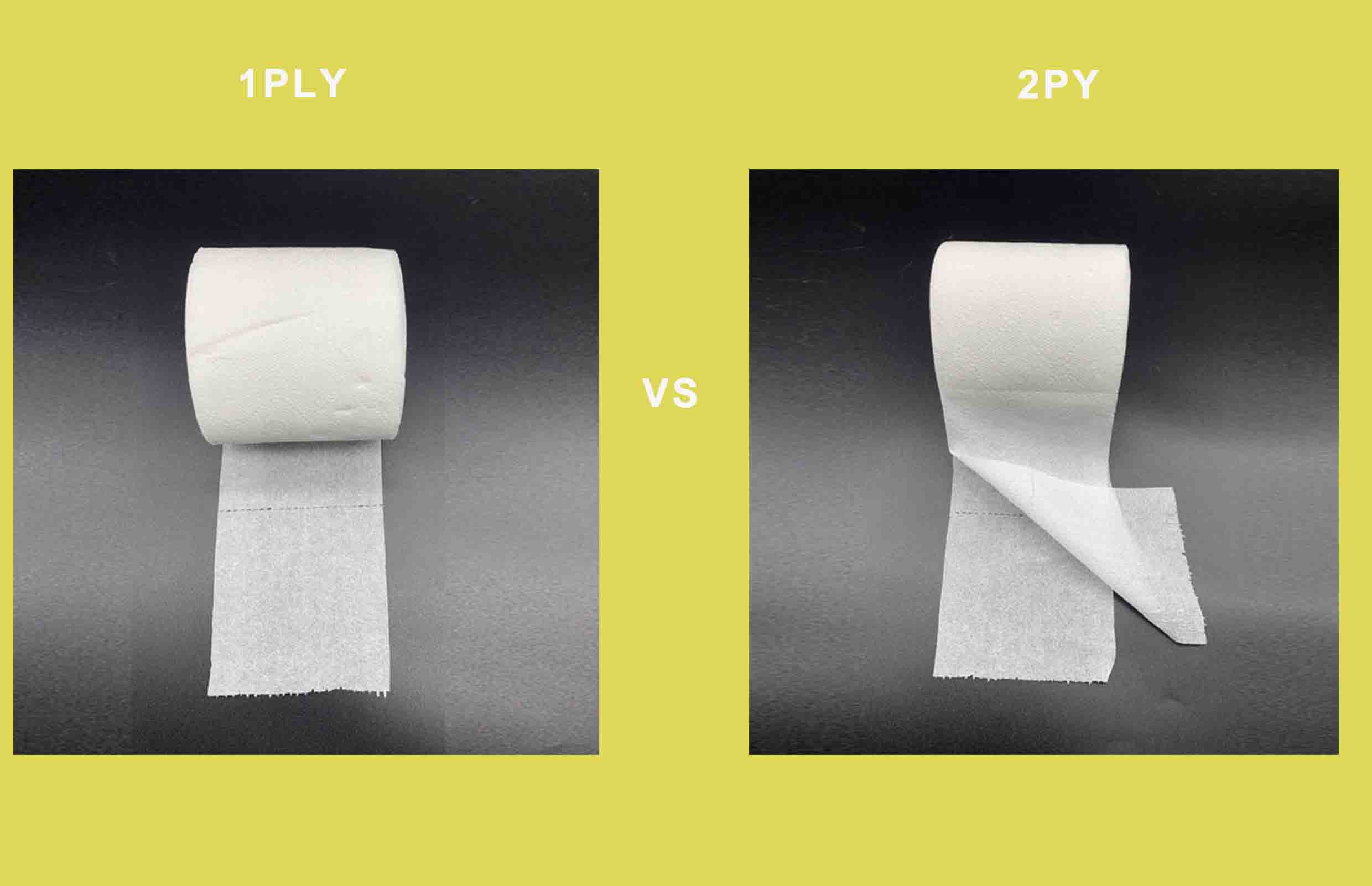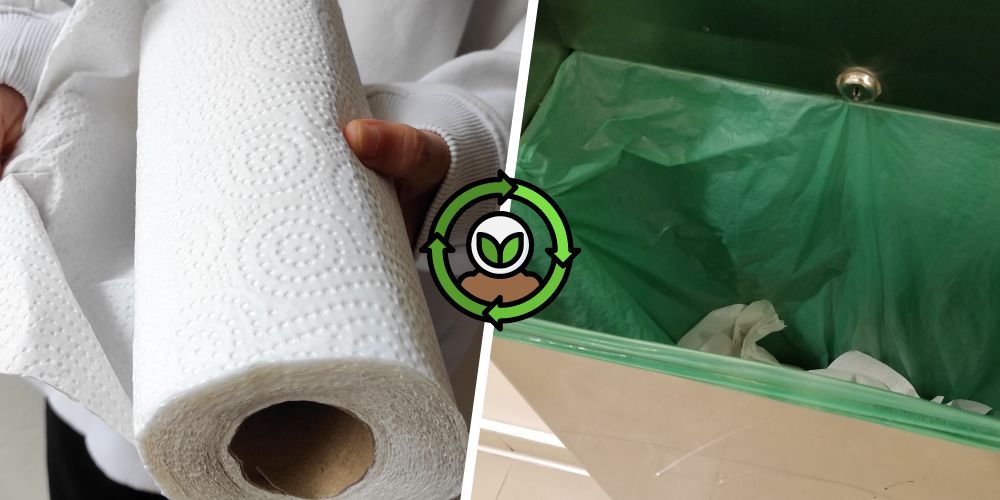
Are paper towels biodegradable?
In our daily lives, we often overlook the environmental impact of common household items. One such item is the humble paper towel.
But what if there was a more eco-friendly alternative? Enter biodegradable paper towels.
These are not your average paper towels. They promise to break down naturally, reducing landfill waste.
In this article, we delve into the truth about biodegradable paper towels. We’ll explore their benefits, limitations, and how they compare to traditional paper towels. Let’s embark on this green journey together.

Are paper towels biodegradable
Understanding Biodegradability in Paper Towels | Are paper towels biodegradable?
Biodegradability is a term we often hear in eco-friendly discussions. But what does it mean in the context of paper towels?
Biodegradable paper towels are designed to decompose naturally. They break down into organic matter when exposed to biological elements like bacteria and fungi.
This process is not instant. It can take weeks, months, or even years, depending on various factors.
These factors include:
- The composition of the paper towel
- The environmental conditions
- The presence of microorganisms
Unlike regular paper towels, biodegradable ones leave no trace once fully decomposed. They return to the earth, contributing to a circular economy.
Understanding biodegradability is the first step in making informed choices. It helps us gauge the environmental impact of our everyday products.
The Environmental Impact of Traditional Paper Towels
Traditional paper towels have a significant environmental footprint. They start their life as trees, which are cut down in large numbers.
The production process involves bleaching and chemical treatments. These steps can lead to water pollution and harmful emissions.
Once used, most paper towels end up in landfills. They contribute to the growing problem of waste management.
While some paper towels are recyclable, many are not. This is due to contamination with food, grease, or cleaning products.
The environmental impact of traditional paper towels is a compelling reason to consider biodegradable alternatives.
What Makes Paper Towels Biodegradable?
Biodegradable paper towels are designed to break down naturally over time. They are made from organic materials that decompose when exposed to certain conditions.
The key to their biodegradability lies in their composition. They are typically made from recycled paper or sustainably sourced wood pulp.
These materials are processed without harmful chemicals. This makes them safe for the environment when they decompose.
Biodegradable paper towels can break down in a compost pile or in a landfill. However, the rate of decomposition can vary based on conditions.
Here are some factors that affect the biodegradability of paper towels:
- The presence of microorganisms
- Moisture levels
- Temperature
- Exposure to air
Understanding these factors can help us make better choices when using and disposing of biodegradable paper towels.
Compostable Wipes vs. Biodegradable Paper Towels
Compostable wipes and biodegradable paper towels are both eco-friendly options. However, they are not the same.
Compostable wipes are designed to break down in compost conditions. They decompose into nutrient-rich compost that can be used to enrich soil.
Biodegradable paper towels, on the other hand, can break down in a wider range of environments. They decompose in both compost piles and landfills.
The key difference lies in the end product. Compostable wipes contribute to soil health, while biodegradable paper towels simply reduce waste. Both have their roles in promoting a more sustainable world.
Certifications: Identifying Genuine Biodegradable Products
When shopping for biodegradable paper towels, certifications can guide you. They help identify genuine eco-friendly products.
Look for labels from trusted organizations. The Biodegradable Products Institute (BPI) is one such body. Their certification ensures a product is compostable.
Remember, not all eco-friendly claims are true. Some may be greenwashing. Always check for certifications to ensure you’re making a truly green choice.
The Role of Consumer Choices in Sustainability
Consumer choices play a vital role in promoting sustainability. By choosing biodegradable paper towels, you support eco-friendly practices.
Your purchase drives demand for sustainable products. This encourages companies to prioritize green manufacturing methods.
However, it’s not just about buying green. Proper disposal of biodegradable paper towels is also crucial. This ensures they break down correctly and don’t end up in landfills.
In conclusion, your choices as a consumer can significantly impact the environment. Make them count by choosing and using biodegradable paper towels responsibly.
How to Properly Dispose of Biodegradable Paper Towels
Disposing of biodegradable paper towels properly is crucial. It ensures they break down effectively and contribute to composting efforts.
Firstly, separate your biodegradable paper towels from other waste. This prevents contamination and aids the composting process.
Next, add them to your compost pile or bin. They provide a good source of carbon, balancing the nitrogen-rich green waste.
Remember, not all biodegradable paper towels are suitable for home composting. Some require industrial composting facilities to break down fully.
In conclusion, proper disposal of biodegradable paper towels is a simple yet effective step towards sustainable living.
Alternatives to Paper Towels for an Eco-Friendly Home
Switching to eco-friendly alternatives can significantly reduce paper towel waste. Here are a few options to consider.
Cloth towels are a reusable and durable alternative. They can be washed and reused multiple times, reducing waste.
Microfiber cloths are another great option. They are highly absorbent and perfect for cleaning tasks.
Consider using sponges for kitchen clean-ups. They can be sanitized and reused.
Lastly, DIY homemade paper towels are gaining popularity. Made from old fabrics, they are washable and reusable.
In conclusion, these alternatives can help you maintain a clean home while being environmentally conscious.
The Future of Paper Towels: Innovations and Trends
The paper towel industry is evolving. New trends and innovations are shaping its future.
One trend is the use of recycled materials. More companies are using post-consumer waste to produce paper towels.
Another innovation is the development of more efficient production processes. These processes aim to reduce water and energy use.
There’s also a growing interest in plant-based paper towels. These are made from sustainable sources like bamboo.
In conclusion, these trends and innovations are promising. They show the industry’s commitment to reducing its environmental impact.
Conclusion: Balancing Hygiene and Environmental Responsibility
Balancing hygiene and environmental responsibility is crucial. It’s a challenge we all face in our daily lives.
Biodegradable paper towels offer a solution. They provide the convenience of traditional paper towels, but with less environmental impact.
However, they are not a magic bullet. We must also consider other ways to reduce waste and promote sustainability.
This includes using cloth towels, reducing overall paper towel use, and composting. It’s about making conscious choices every day.
In the end, every small step counts. Together, we can make a big difference.

